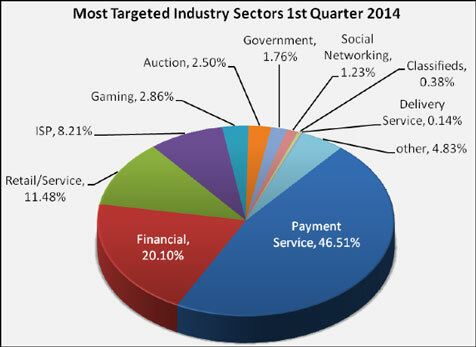Criminals in Eastern Europe have targeted dozens of U.S. banks over the past few years with an elaborate phishing scheme designed to capture victims' payment card data.
According to PhishLabs, a Charleston, S.C.-based cyber crime prevention firm, the fraudsters are currently compromising as many as 400 payment cards per day through “vishing” attacks, a social engineering ruse that phishes individuals via voice over internet protocol (VoIP) technology.
In the campaign, scammers use email-to-SMS gateways to pose as legitimate financial institutions by spamming bank customers with text messages, a Tuesday blog post by PhishLabs CEO John LaCour said.
The messages direct recipients to call their bank to reactive their payment card, but victims who call the number actually reach an interactive voice response (IVR) system set up by attackers, which requests their card and PIN number. With the stolen card data, members of the gang use the information to make online or phone purchases, or withdraw cash from ATMs using counterfeit cards, the firm revealed.
Full Article
Login to the community
No account yet? Create an account
Enter your E-mail address. We'll send you an e-mail with instructions to reset your password.




